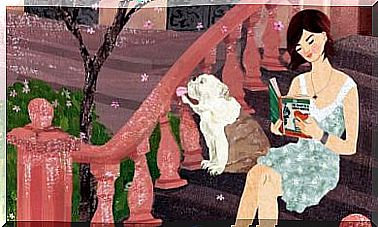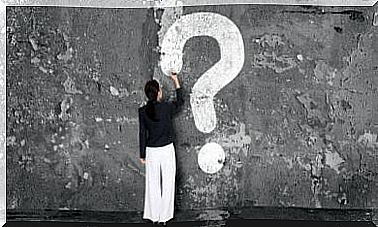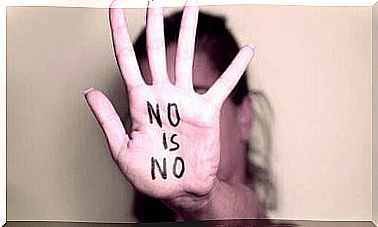Leon Festinger And Cognitive Dissonance

Leon Festinger introduced the concept of cognitive dissonance as psychological tension in 1957. He tested the decision-making process in an experiment.
Cognitive dissonance is a sensation that appears to arise from a conflict between a person’s ideas, beliefs, and values, and their behavior. Cognitive dissonance arises from the incompatibility of thoughts, which make one feel uncomfortable.
According to Festinger, this tension forces the person to create new ideas or skills in order to relieve the tension. They are often related to the person’s belief system.
This theory has to do with decision making. So when we decide to do something that conflicts with our beliefs, we use different strategies to relieve that tension.
Leon Festinger, the developer of a revolutionary experiment

Festinger was an American social psychologist born in New York in 1919. His theory of cognitive dissonance is particularly relevant to social psychology, especially in the areas of motivation and group dynamics.
The theory is based on the fact that people are aware of their actions and that when we do something we do not agree with, we should alleviate the dissonance that has arisen.
The cognitive dissonance experiment
The cognitive dissonance experiment that Leon Festinger and his colleague Merrill Carlsmith developed in 1957 was conducted with college students. It consisted of the following steps:
- First, boring tasks were assigned to one student. These tasks were repetitive and uninteresting. However, the purpose of the experiment was not to assess the performance of such tasks.
- They then asked the student to convince the next participant that the experiment was fun after he or she left the room. Basically, they asked the student to lie.
- Of course there was a reward for the lie. The researchers offered the students twenty dollars. The other half of the students were only offered one dollar.
- Then the student waiting to enter the room (along with the researchers) told the other students that a friend of his had done the experiment the previous week and said it was boring.
- So the subjects lied while the researchers observed them. They noted to what extent the lying was justified.
This is because there was cognitive dissonance among the students who agreed to lie in exchange for one dollar. They had to convince themselves that this experiment was fun to alleviate the internal conflict it caused.
Why? Because the reward wasn’t good enough to justify the lie. In justifying their actions, they were a lot more tense than the group that got twenty dollars for it. The students who got more money were much more natural and less tense.
The conflict of lying
We can draw some conclusions from the cognitive dissonance experiment. The group that received twenty dollars knew full well that the experiment was boring. So this group could justify saying otherwise.
However, this was not the case with the group that received only one dollar. There you could see how the subjects tried to convince themselves to relieve the tension of an inadequate reward.
Conclusion of Leon Festinger’s experiment
During the final stage, after lying, the lead scientist asked the participants if they really liked it. In the $20 reward group, the subjects honestly said they didn’t enjoy the experiment.
Paradoxically, the group that received the far too low reward has reaffirmed the lie, and many even expressed their willingness to redo the experiment.
The results of cognitive dissonance
- avoidance. The subjects tend to avoid any stimulus that may cause them to return to the state of the original dissonance. So they avoid situations, people, ideas and places where they could relive the conflict.
- Search for approval. As a result of the strategies one uses, the person also seeks the approval of third parties when it comes to the story and the reasons that led to the story as they have to justify their behavior.
- Comparison. The persons who suffer from dissonance tend to compare themselves with other people to justify their behavior.
Cognitive Dissonance Today

It has now been sixty years since Leon Festinger’s experiment was conducted, but the subject still leads to questions and debates. For example, certain people present it as a justification for defense mechanisms, which manifest under different psychological conditions.
It is also used in the psychosocial analysis of criminals, and people who justify their actions by hiding behind a group or having been given orders.
The Power of Judgment and the Relief of Guilt
The experiment also questions man’s tendency to find psychological and mental relief. The contrast between social norms and day-to-day decisions causes conflict more often than we would like. The problem arises when, through the desire to get rid of the tension, we end up exhibiting maladaptive behavior.
In addition, knowledge about cognitive dissonance can help you identify it if you are affected by it yourself. It can also help you assess the influence your peer group has on you. It also allows you to observe how the norms that are part of this influence the way you act, think or feel.
Finally, remember that cognitive dissonance confronts you with your values, allowing you to readjust the way you act and yourself.









